Test: Motion- Case Based Type Questions- 1 - Class 9 MCQ
10 Questions MCQ Test Science Class 9 - Test: Motion- Case Based Type Questions- 1
Direction: Identify the following graphs and answer any four questions :
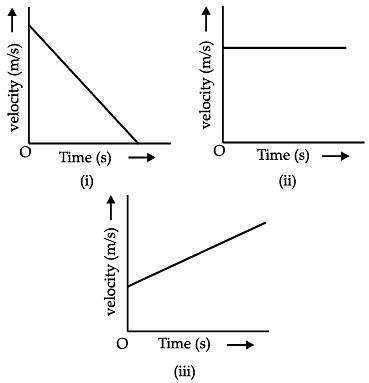
Q. The slope of the velocity-time graph gives the ___________.

Direction: Identify the following graphs and answer any four questions :
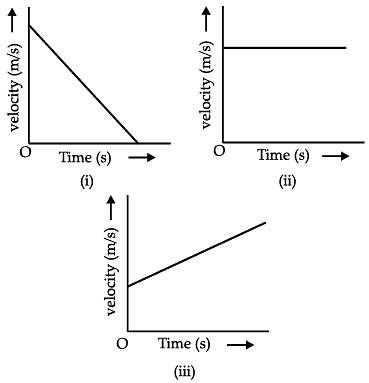
Q. What do you infer from the graph where velocity time graph is parallel to the time axis ?

| 1 Crore+ students have signed up on EduRev. Have you? Download the App |
Direction: Identify the following graphs and answer any four questions :

Q. Name the type of motion in which speed remains constant but the velocity of body changes.

Direction: Identify the following graphs and answer any four questions :

Q. Which of the graphs indicate negative acceleration? Why ?
Direction: Identify the following graphs and answer any four questions :
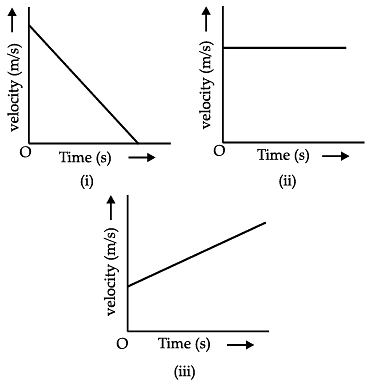
Q. Which of the graphs represent a body moving with initial velocity not equal to zero but with constant acceleration?
Direction: Study the following graph and choose the correct options to answer any four questions given below:
The velocity-time graph of an object is shown in the following figure.

Q. Which of the following statement is correct?
Direction: Study the following graph and choose the correct options to answer any four questions given below:
The velocity-time graph of an object is shown in the following figure.
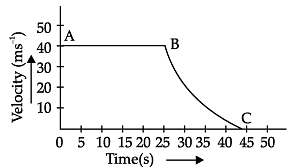
Q. Identify the part of graph where the object has zero acceleration. Give reasons for your answer.
Direction: Study the following graph and choose the correct options to answer any four questions given below:
The velocity-time graph of an object is shown in the following figure.

Q. State the kind of motion that objects has, from A to B and from B to C.
Direction: Study the following graph and choose the correct options to answer any four questions given below:
The velocity-time graph of an object is shown in the following figure.
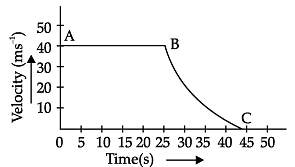
Q. Identify the part of graph where the object has negative acceleration. Give reasons for your answer.
Direction: Study the following graph and choose the correct options to answer any four questions given below:
The velocity-time graph of an object is shown in the following figure.
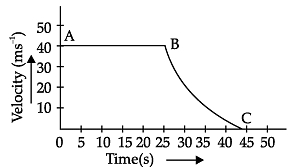
Q. The area enclosed by the velocity-time graph and the time axis represents the __________.
|
87 videos|369 docs|67 tests
|












